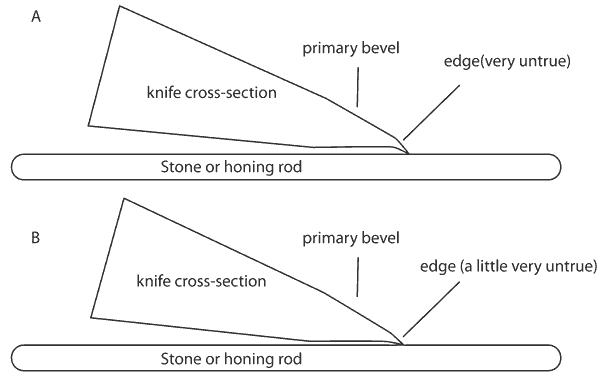This playlilst might be of some help:
http://www.youtube.com/playlist?list=PLEBF55079F53216AB
these specifically:
[video=youtube;WYZmtDlwDi4]http://www.youtube.com/watch?v=WYZmtDlwDi4&list=PLEBF55079F53216AB&index=8&feature=plpp_video[/video]
[video=youtube;kA0vdeDDSJI]http://www.youtube.com/watch?v=kA0vdeDDSJI&list=PLEBF55079F53216AB&index=9&feature=plpp_video[/video]
[video=youtube;cCY5CKkBers]http://www.youtube.com/watch?v=cCY5CKkBers&list=PLEBF55079F53216AB&index=10&feature=plpp_video[/video]
http://www.youtube.com/playlist?list=PLEBF55079F53216AB
these specifically:
[video=youtube;WYZmtDlwDi4]http://www.youtube.com/watch?v=WYZmtDlwDi4&list=PLEBF55079F53216AB&index=8&feature=plpp_video[/video]
[video=youtube;kA0vdeDDSJI]http://www.youtube.com/watch?v=kA0vdeDDSJI&list=PLEBF55079F53216AB&index=9&feature=plpp_video[/video]
[video=youtube;cCY5CKkBers]http://www.youtube.com/watch?v=cCY5CKkBers&list=PLEBF55079F53216AB&index=10&feature=plpp_video[/video]





